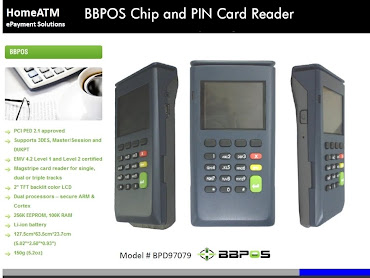By Brian Boyce
The Tribune-Star
TERRE HAUTE — Believe it or not, people around the world are working this very moment just to be you.
According to the U.S. Federal Trade Commission’s annual Consumer Sentinel Report, 2008 was a banner year for fraud and identity theft rings. And when asked about it, local officials offered the same advice: “If it sounds too good to be true, it usually is.”
“With the economy the way it is, you’re going to see more of the same,” warned Vigo County Prosecutor Terry Modesitt. “People are trying to steal. That’s what it is.”
According to the FTC’s 98-page report released in February, 1.2 million complaints of fraud were lodged between January and December of 2008, with 26 percent categorized as “identity theft.”
In 2007, 1,050,229 total fraud complaints were issued, with 25 percent in the identity theft category, compared to the 2006 figure of 890,066 in 2006, of which 28 percent targeted identities.
Something for nothing is usually a fraud
“If it sounds too good to be true, it usually is,” said Steve Herndon, vice president of compliance and security at First Financial Bank.
Herndon said local banks have been training employees on how to spot the numerous attempts at fraud, which usually run along consistent themes.
“All involve the potential victim receiving a check in the mail and then being asked to deposit it and send some type of wire transfer back,” he said, describing the “secret shopper” scam.
“Secret shoppers” receive a check in the mail with instructions to cash it at a local bank and use the money to purchase a variety of items at local stores, Herndon explained.
After completing a customer satisfaction survey, the shopper then wires back a portion of the money.
But, invariably, the check is counterfeit and bounces at the local bank, leaving the depositor on the hook.
“The person who endorsed the check is ultimately responsible for that item,” Herndon said, noting that once the remaining money has been wired back to the group, it’s extremely difficult to trace.
“The paying agent is somewhat similar,” he said, describing an offer one might receive to serve as an agent for a foreign government needing to exchange currencies. Again, the victim is issued a counterfeit check and asked to wire U.S. funds back to the group in exchange for a commission.
“We’re still seeing some of that lottery stuff going on, too,” Herndon added, again describing a similar concept in which a person receives notification he’s won a foreign lottery and needs to wire money to access the funds. “The key thing is to use common sense. Why, with the way banking transactions are handled these days, would someone outside the country need me to handle the transfer for them? There are a lot of red flags in those scams.”
According to the FTC report, 15,159 cases of fraud were reported in Indiana during 2008. Of those cases, third-party and creditor debt collection was the No. 1 complaint (11 percent), followed by fraudulent prizes and lotteries (7 percent), then Internet services (6 percent), shop-at-home services (6 percent) and foreign money offers with counterfeit checks (5 percent).
Contiinue Reading at the TribStar
All Top Banking
Powered by Blogger.









0 comments